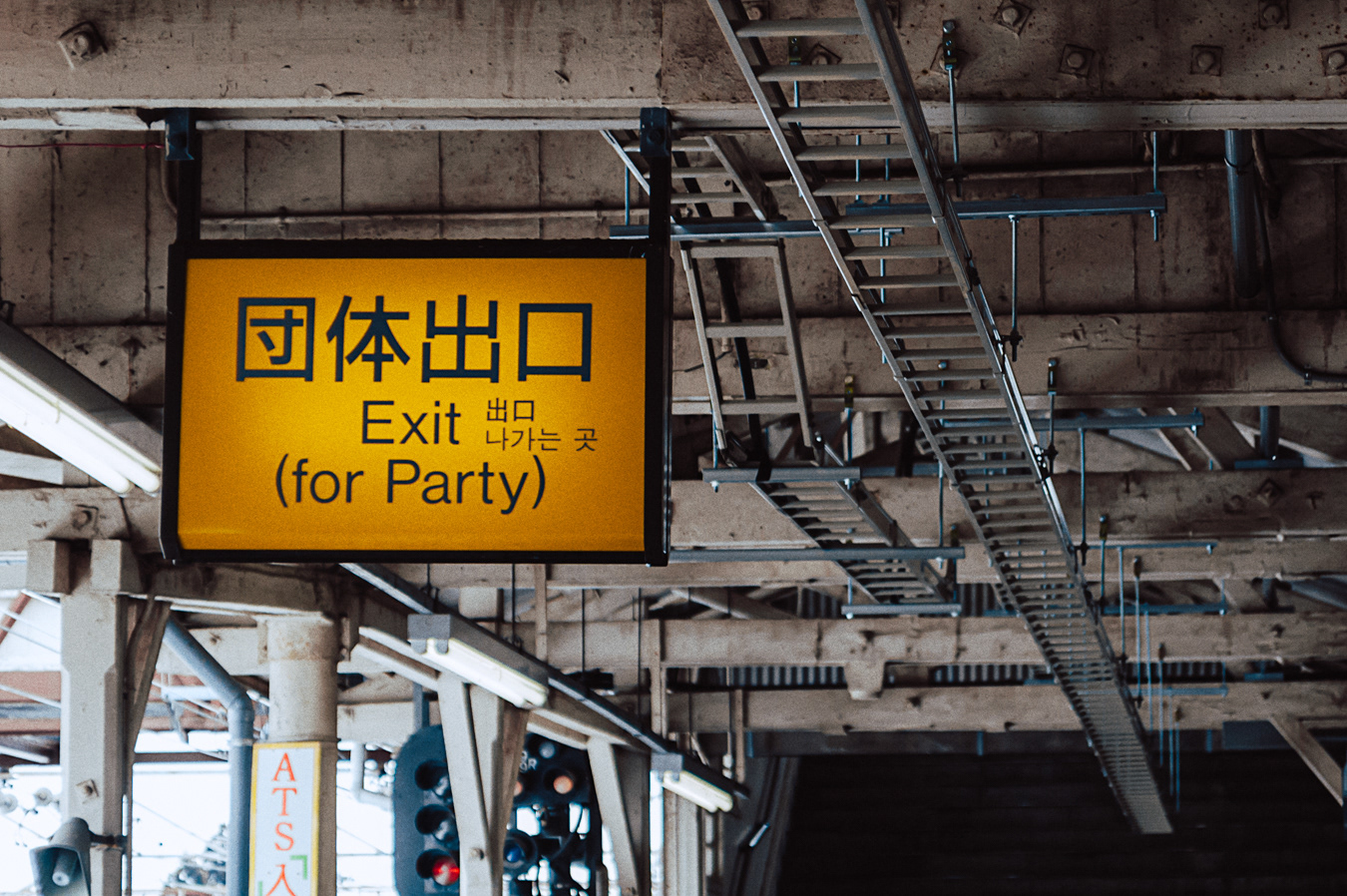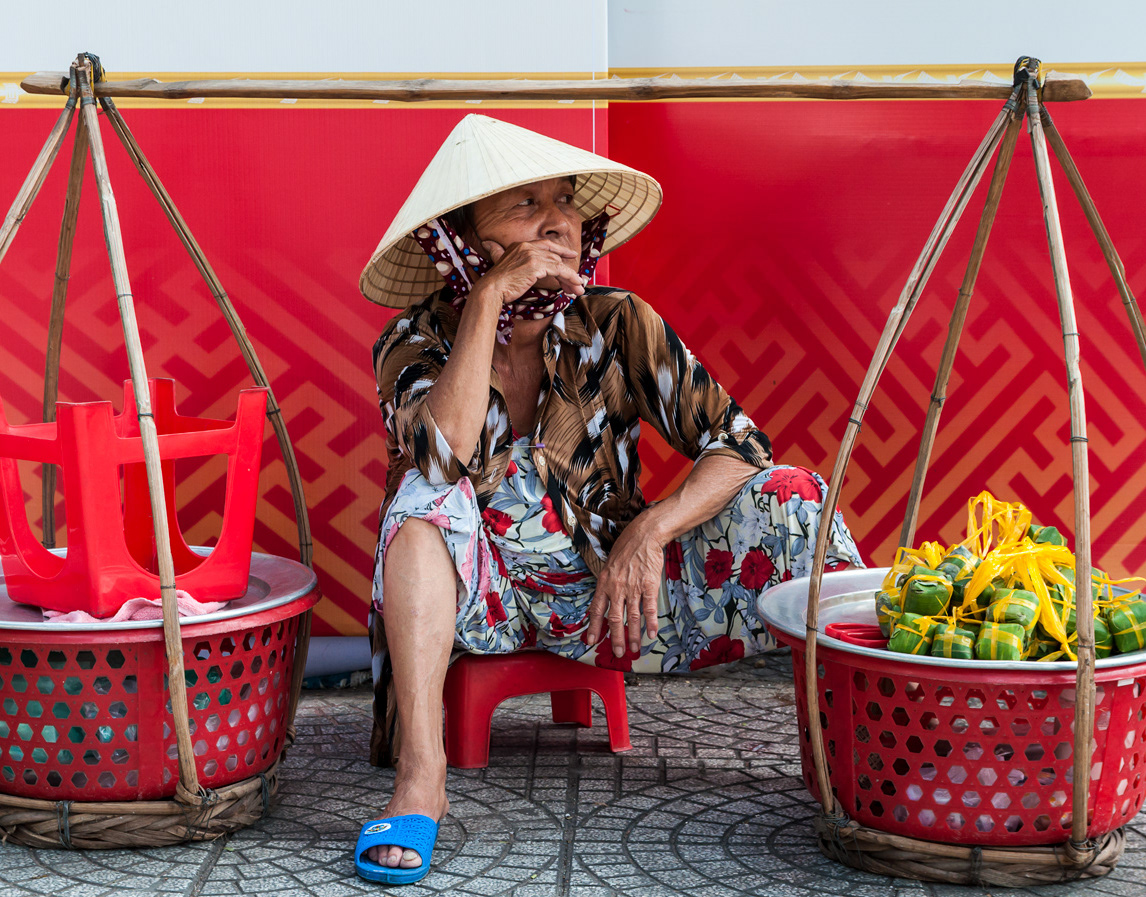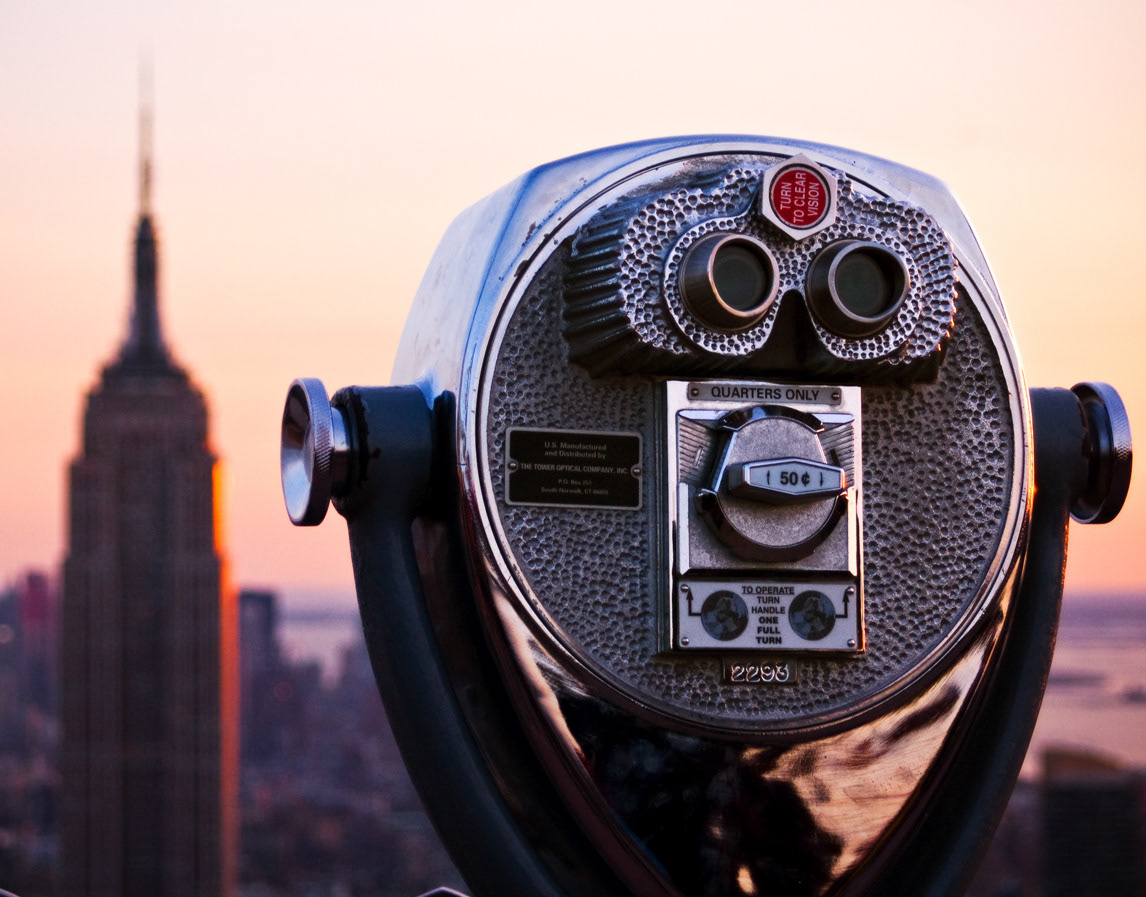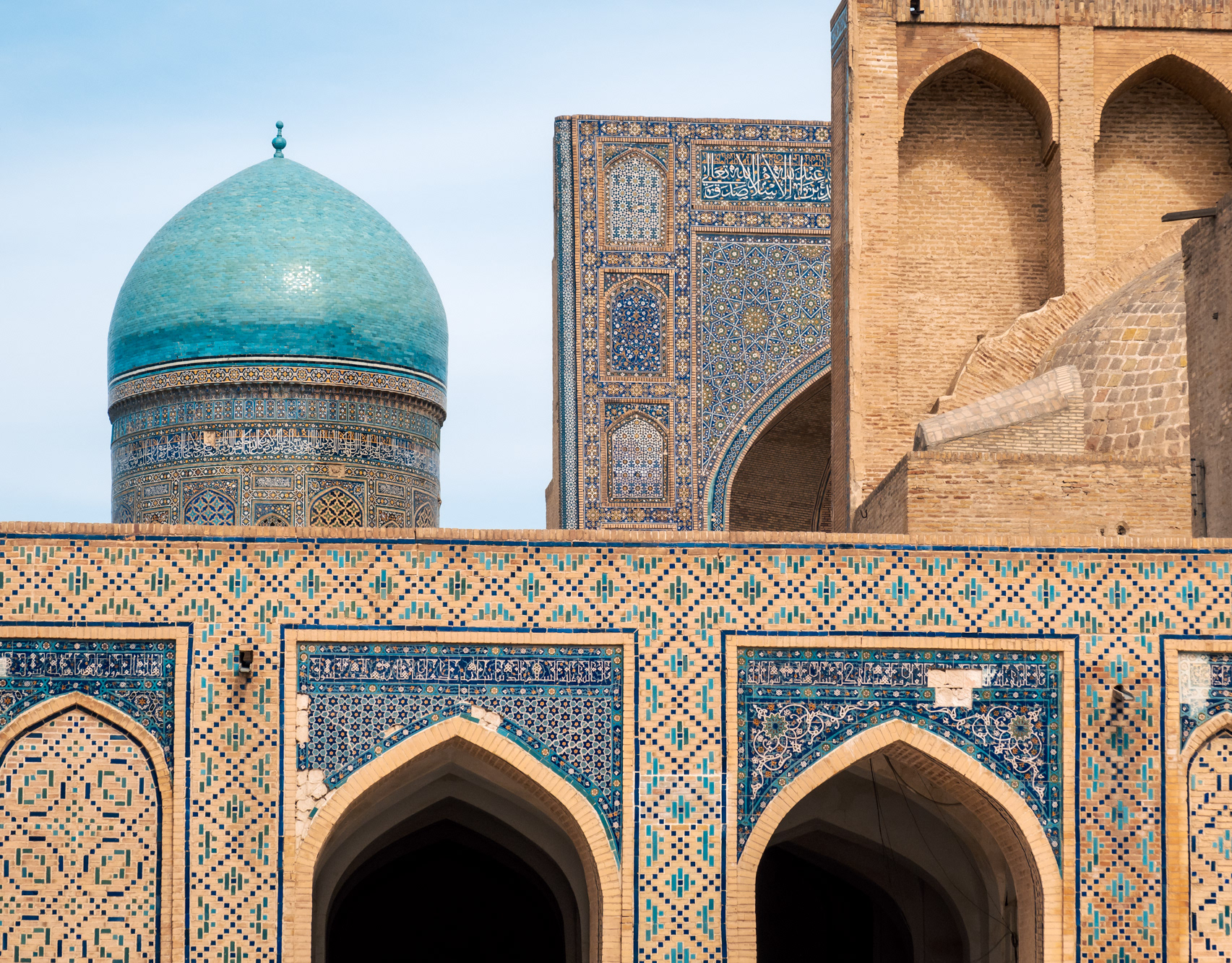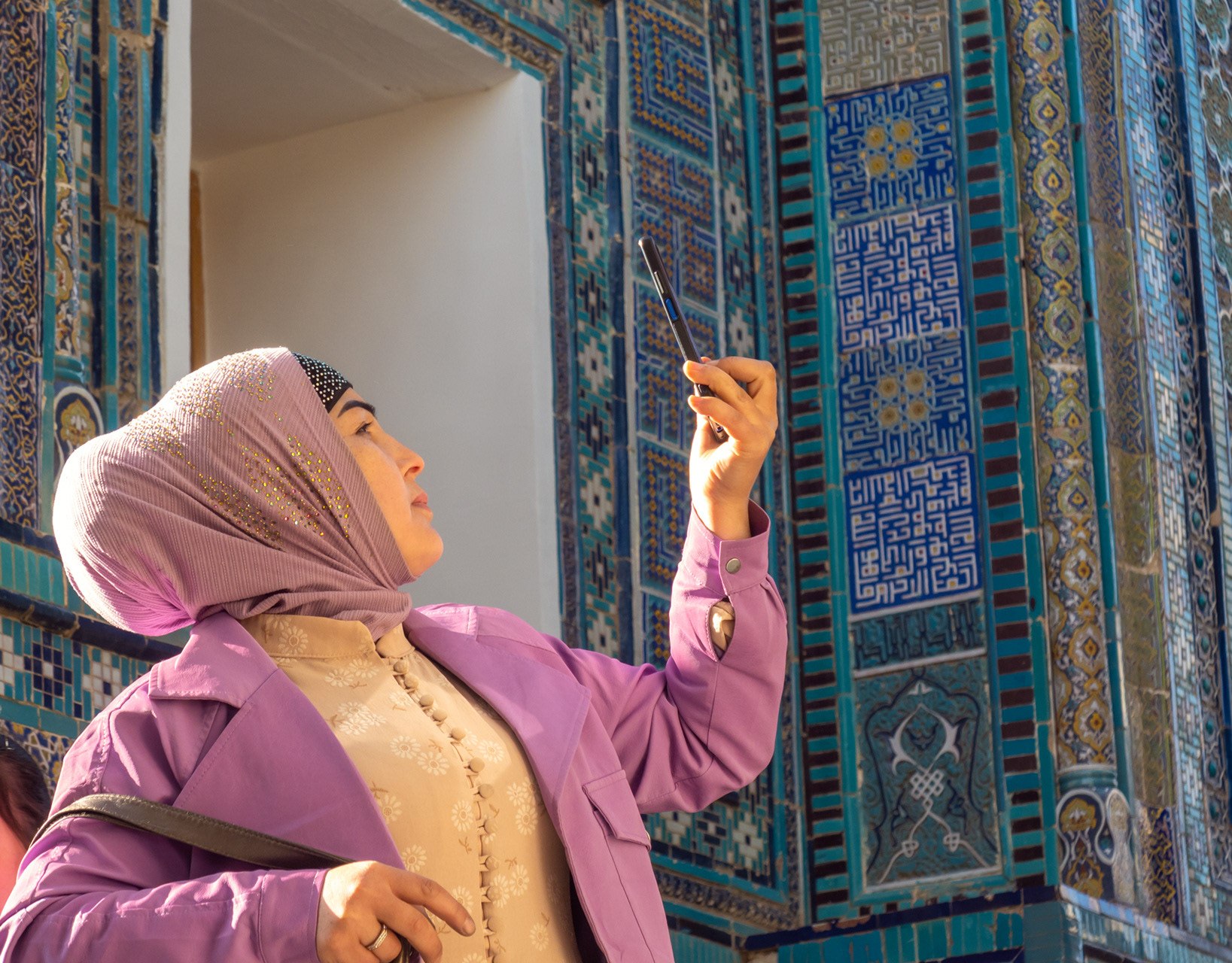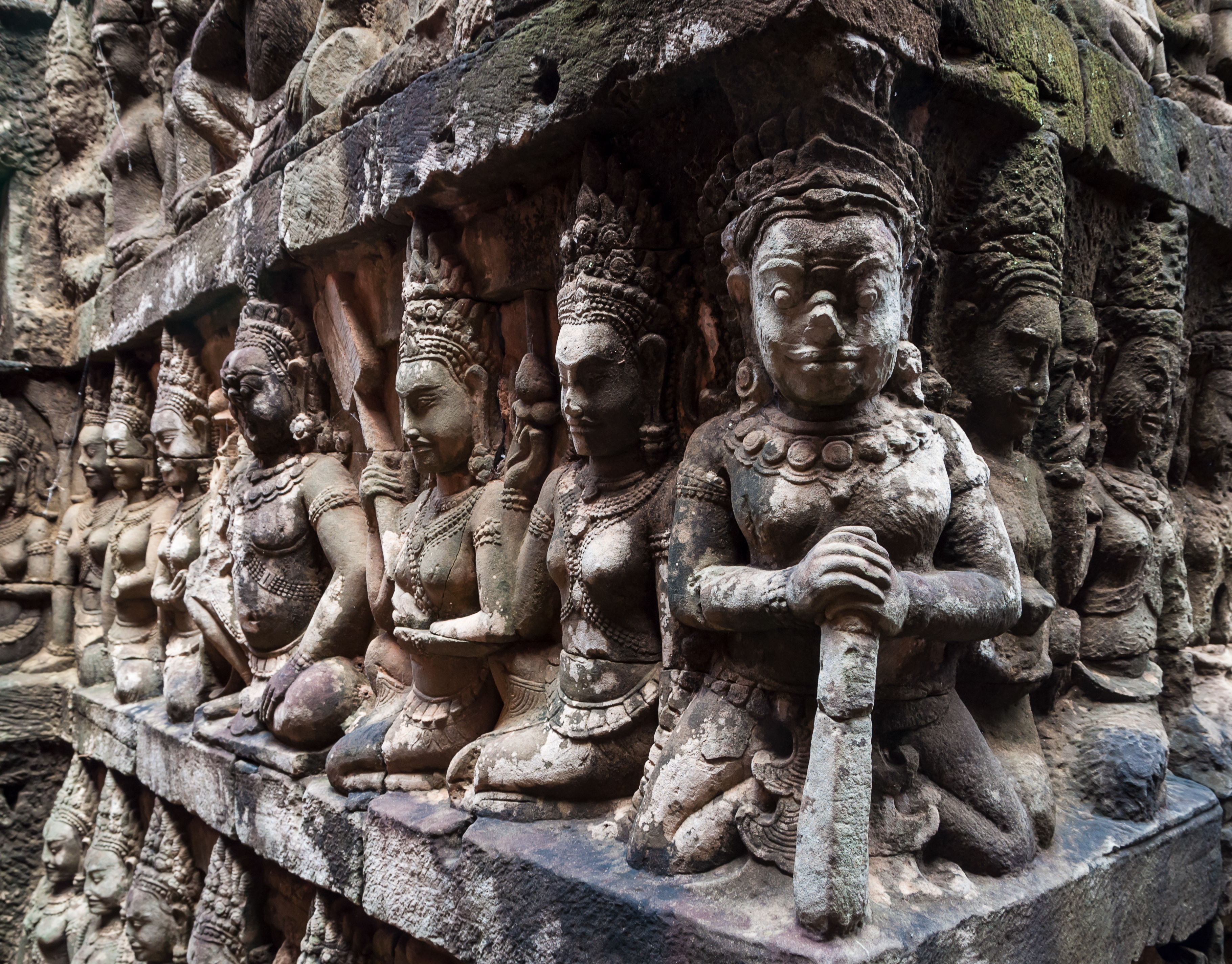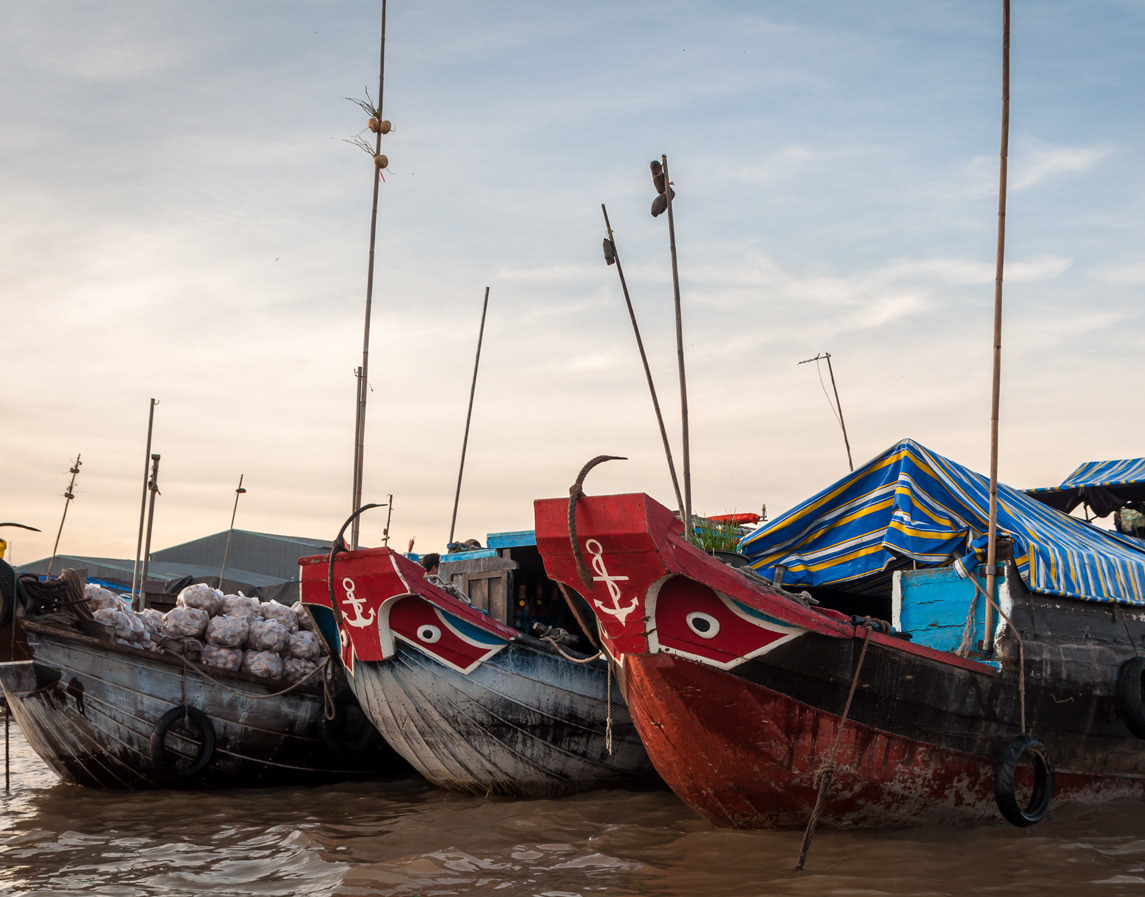Sanbutsudo (Three Buddha Hall), Rinno-ji Temple founded in 766 by Shodo Shonen, a Tendai Buddhist monk
Dai Goma-do (Holy Fire Temple) at the Rinno-ji Temple
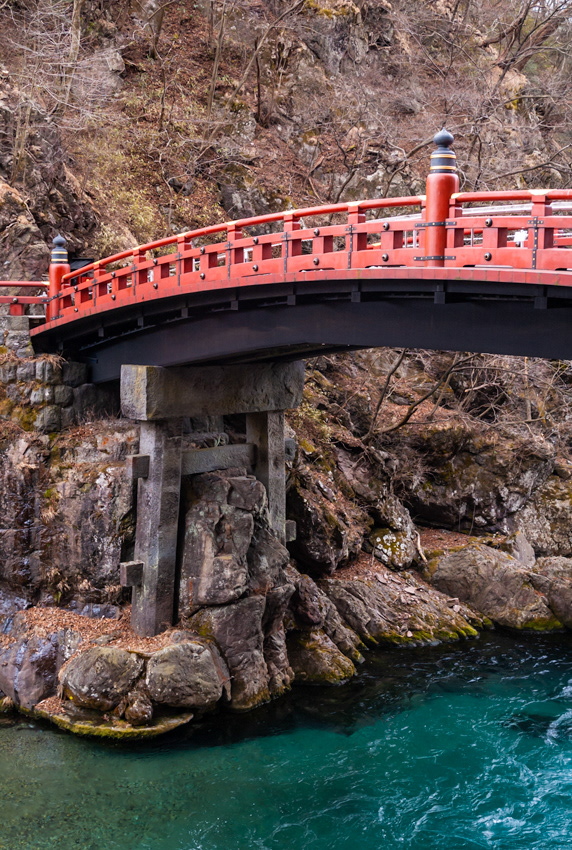

Ishi-dorii, a stone torii beyond which is Omote-mon, the first gateway into the Tosho-gu Shrine. Torii symbolically mark the transition from the mundane to the sacred at Shinto shrines
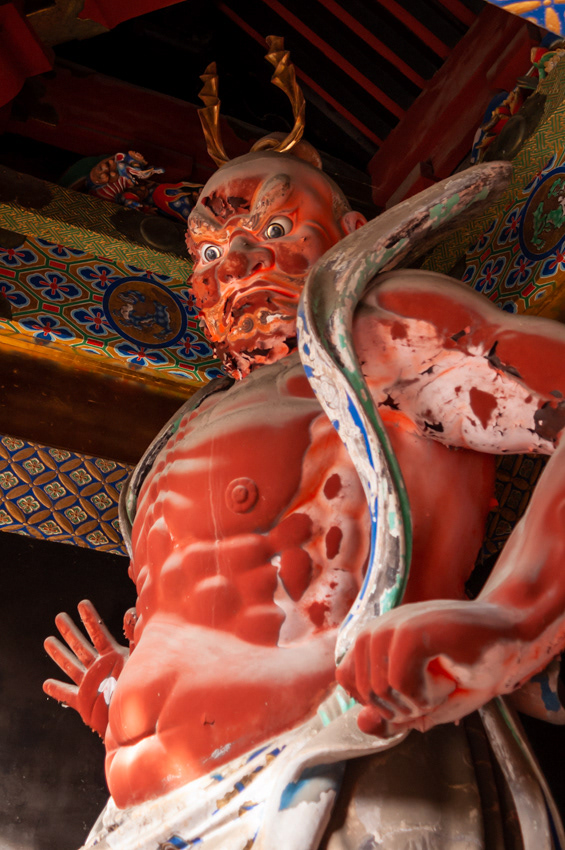
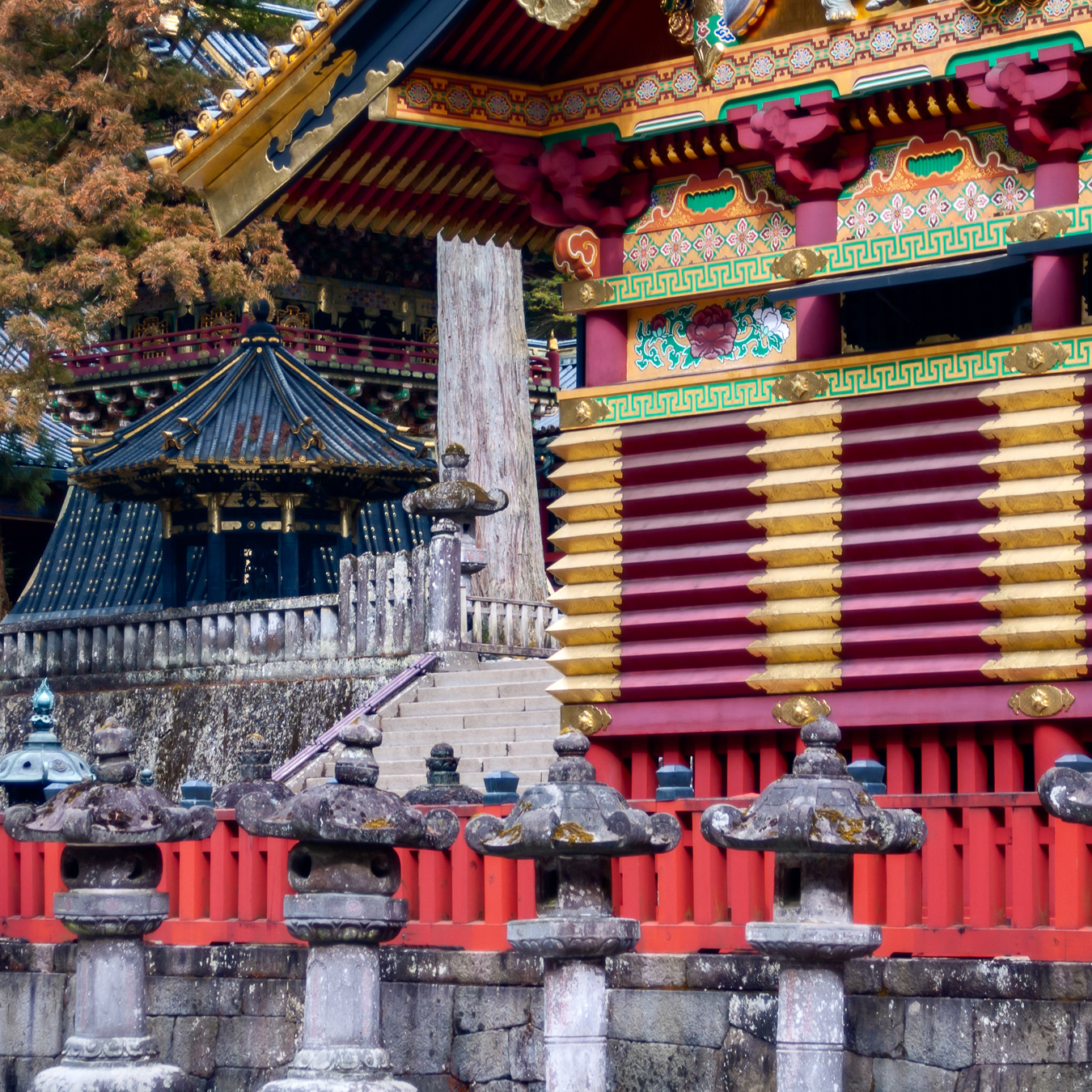
Entrance to the Kyozo, or Holy Scripture Hall, which contains over 7,000 Buddhist scrolls (Tosho-gu Shrine)
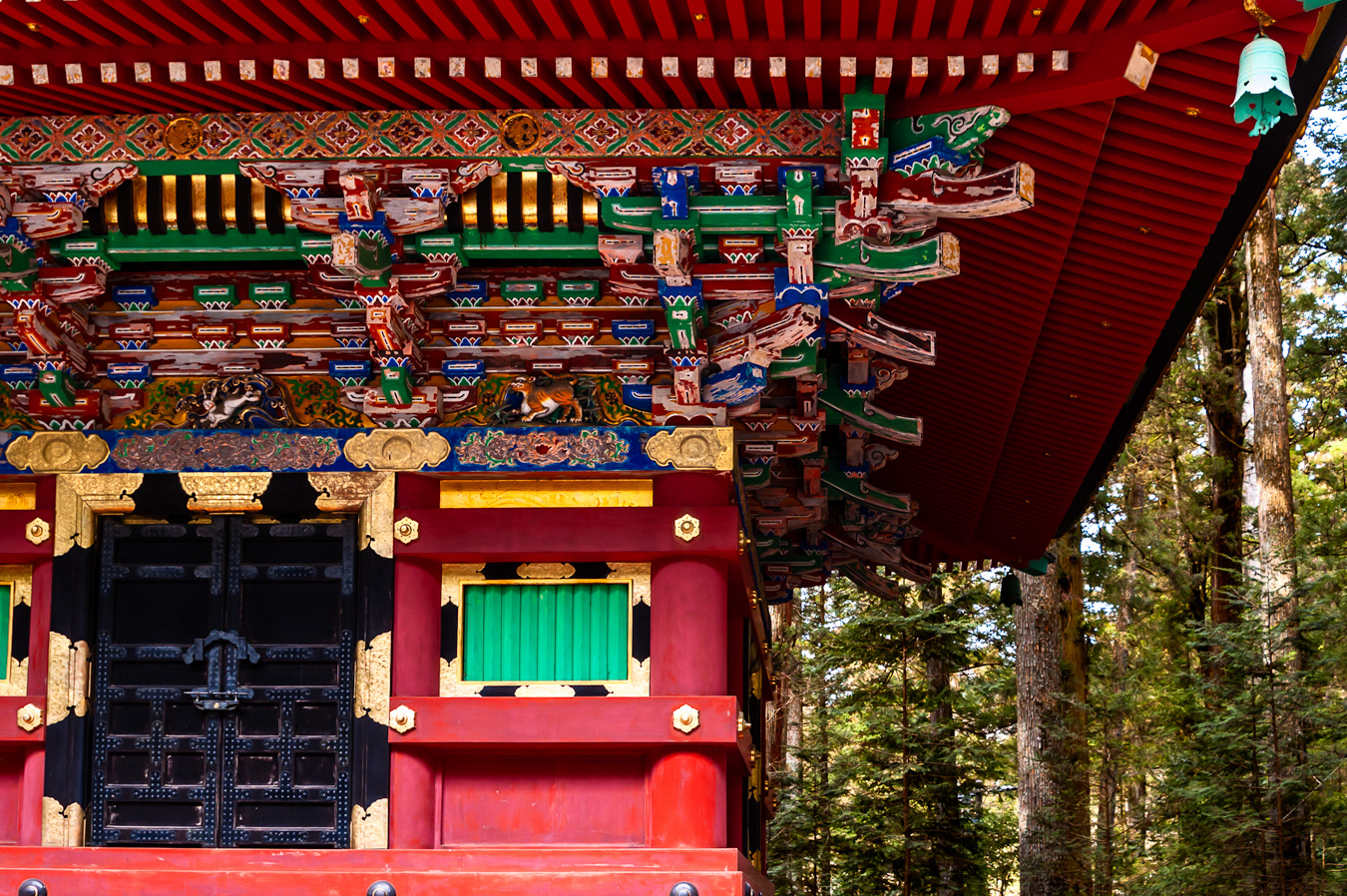
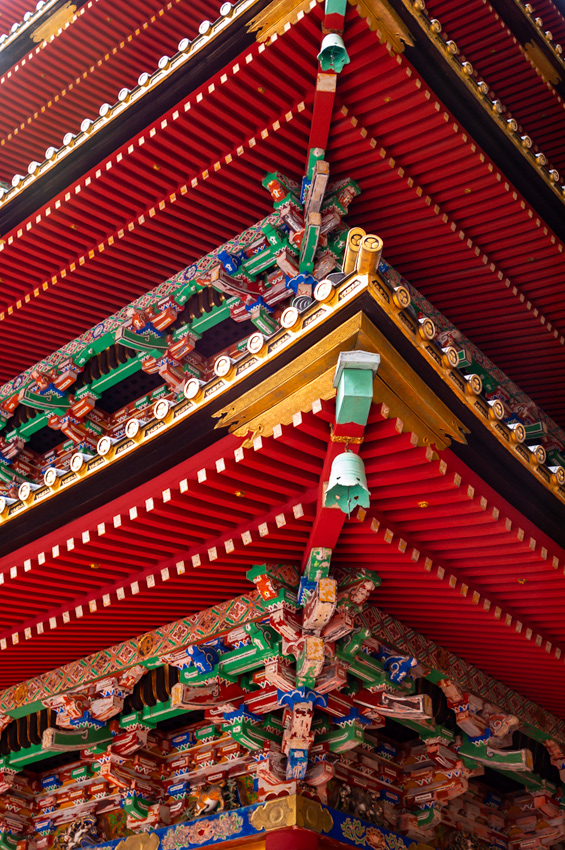
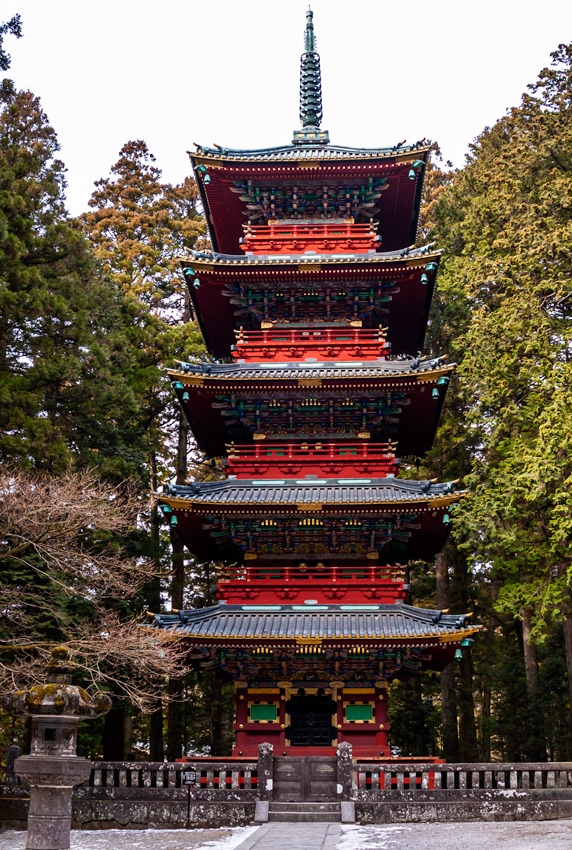
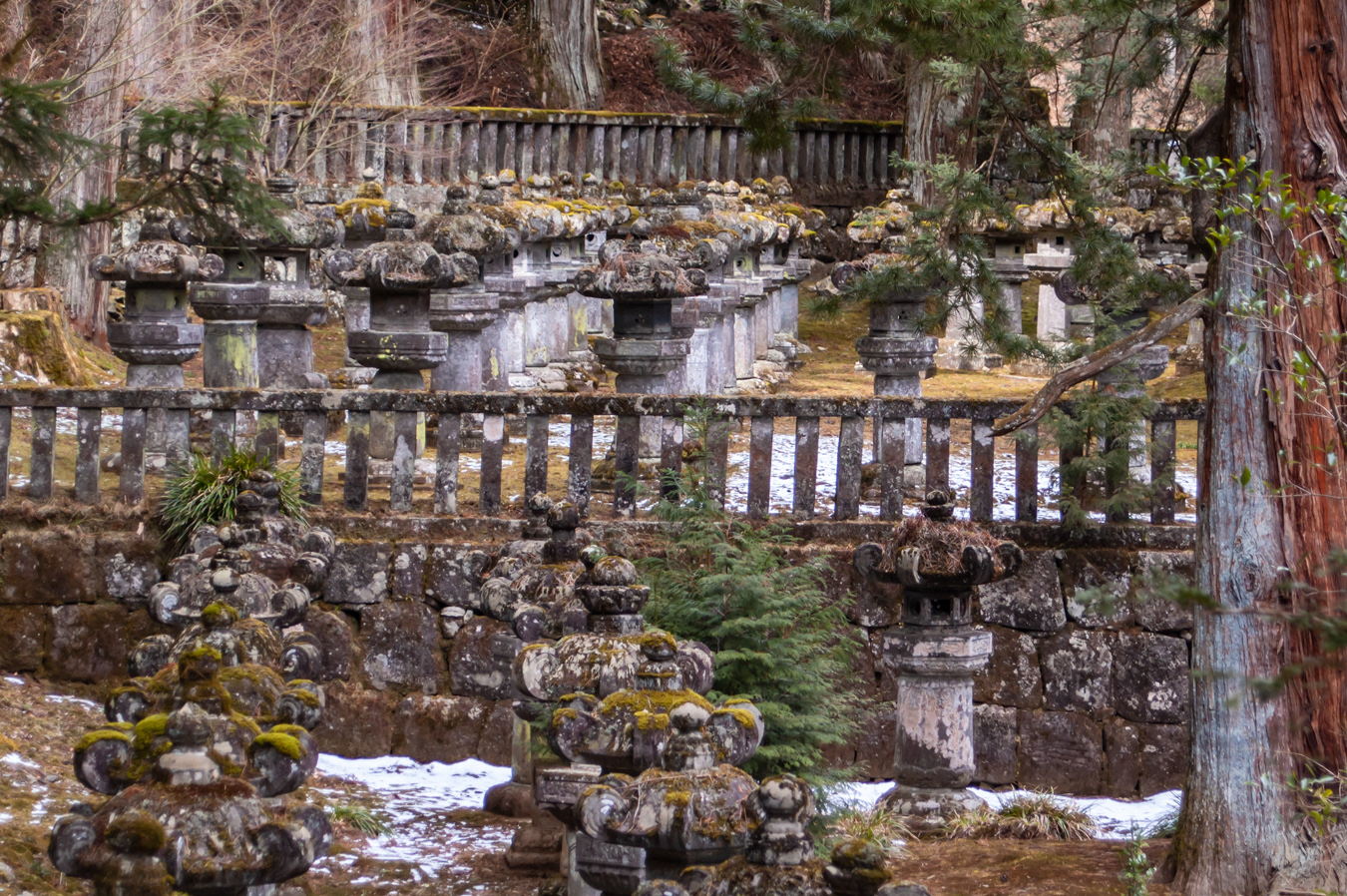
Steps up to Yomei-mon, the two-storey second gateway into the Tosho-gu Shrine. Also known as the Sunset or Sunlight Gate
The Koro (Drum Tower) on the west side of the Yomei-mon, entrance to the Tosho-gu Shrine
Komainu (lion-dog) sculptures adorning the gold leaf covered Yomei-mon gate. Komainu come in pairs and ward off evil. The open and closed mouths represent the beginning and ending of all things
The outer wall of an enclosed corridor known as Tozai Kairo (left) and the Koro drum tower (near right) and Shoro bell house (far right) at Tosho-gu. Drumming signals the start of festivals whilst the bell ringing signals their end
Carvings on the Tozai Kairo enclosed corridor which forms an outer wall on either side of the Yomei-mon gate
Three Wise Monkeys carving on the wall of the Shinkyusha (sacred stable) building Tosho-gu Shrine. Carved by Hidari Jingoro, their names are Mizaru (sees no evil), Kikazaru (hears no evil) and Iwazaru (speaks no evil)
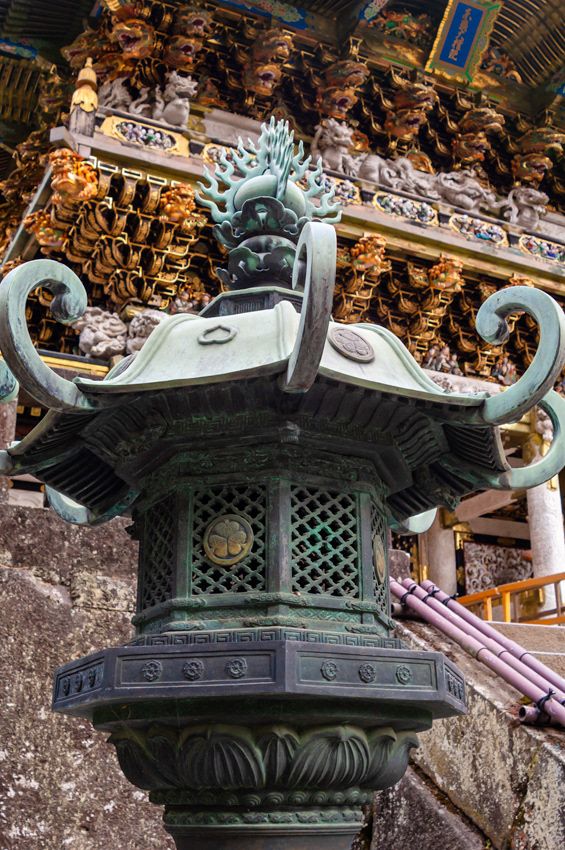
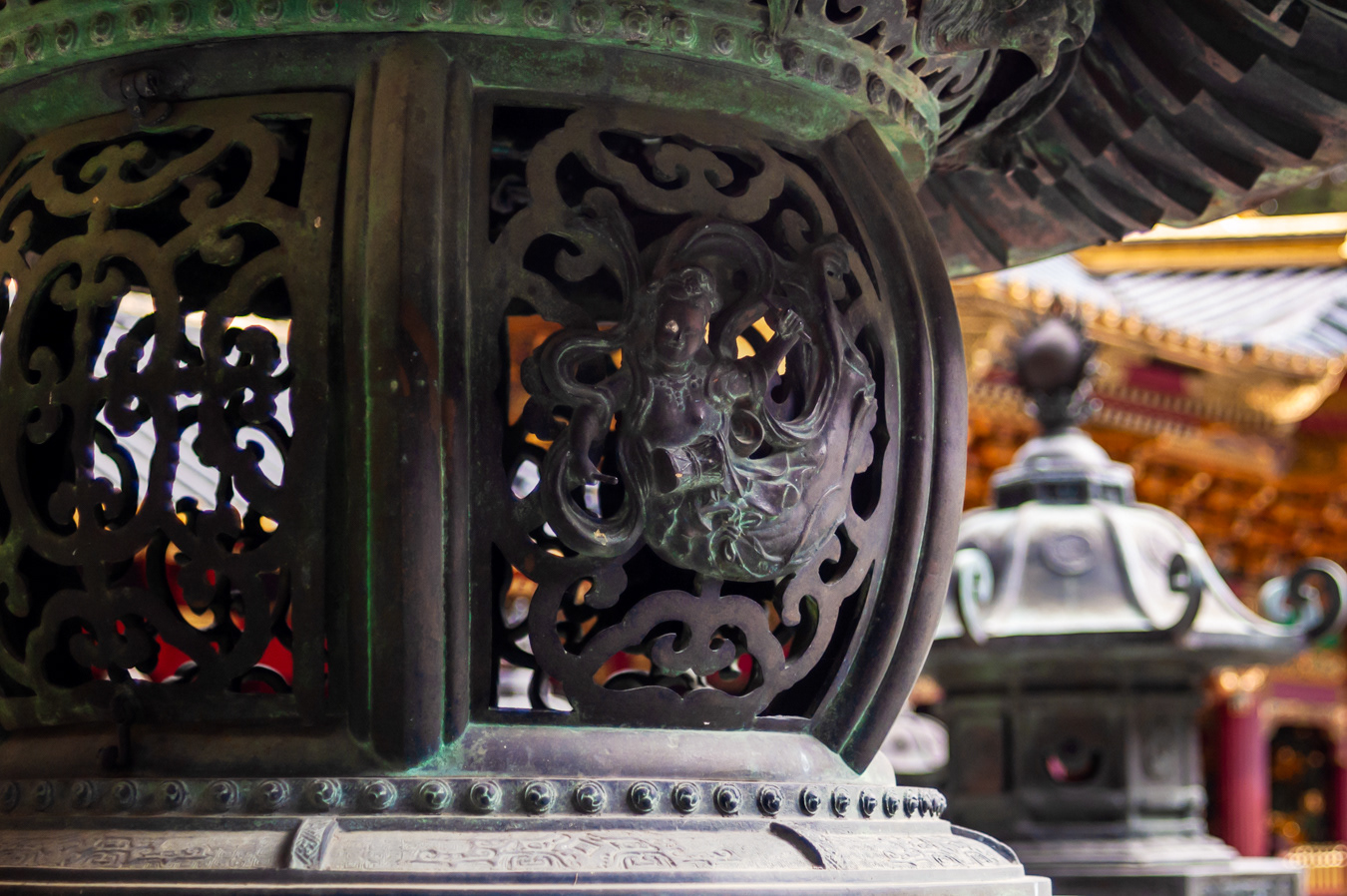
Mikoshi, or portable sacred shrines, at the Shin-yosha building. Mikoshi are used to transport deities between shrines or amongst the people during religious festivals. The central Mikoshi carries the deified spirit of Tokugawa Ieyasu
Suibansha – a water basin used for the ritual cleansing of your hands and mouth prior to entering the Taiyuin Reibyo, the mausoleum of the third Tokugawa shogun, Iemitsu, grandson of Ieyasu
Looking back at the Nitenmon Gate, entrance to Taiyuin Reibyo. The mausoleum is a sub-temple of the Rinno-ji Temple
The Haiden (worship hall) at Taiyuin Reibyo. The mausoleum's buildings are all very similar in style to Tosho-gu Shrine, though they are deliberately not as grand, out of deference to Ieyasu Tokugawa


Back to Sanbutsudo Temple in Rinno-ji now with twice the monkish goodness
Nikko Visitor Centre and an interested tourist
Downtown Nikko and the train station (below) where parties are not permitted on the platform
